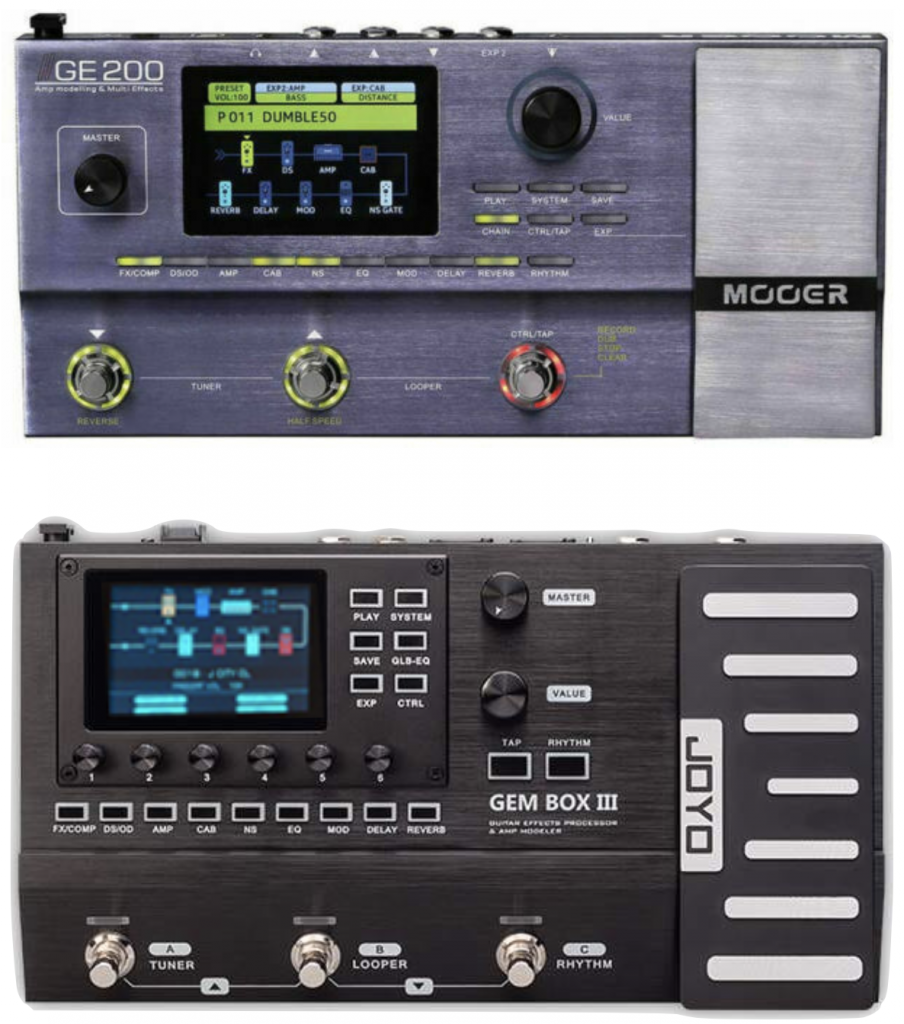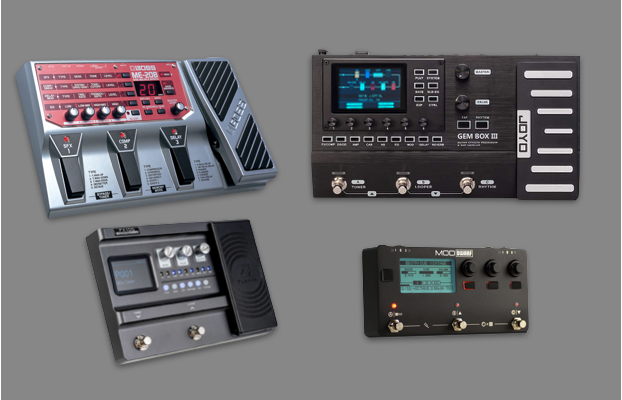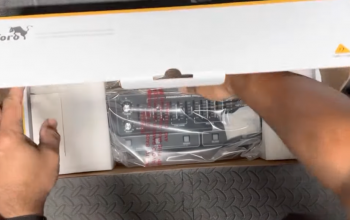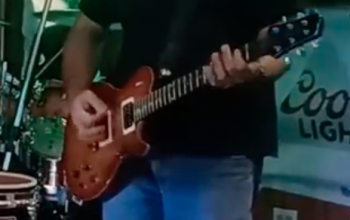
As a bass player, many times we are forced to use effects pedals that were built with guitarists in mind. About 8 years ago I got a Boss ME-20B which was made specifically for bass players. Unfortunately it was limited as users were not able to load effects from outside sources (other users, the Internet, etc.) and I gave up on it after using it for a few months and there was no way to interface it with a computer to tweak or back up settings. Fast forward to two years ago and I was contacted by Flamma to try out their FX100 multi-effects pedalboard. It had everything I was looking for (multi-effects, USB to connect it to a computer and the ability to load presets and amp and speaker cabinet profiles), but it was severely lacking when it came to bass-centric effects. Users like me (bass players) had to tweak the onboard effects to suit the tone they were looking for.

The FX100 did have a couple of features that drew me to it: the ability to load impulse response, or IR files and its USB interface. This allows users to import amplifier and speaker cabinet profiles that can be loaded into a unit such as the FX100. Now I can load an Ampeg SVT or an 8×10 cabinet and put them in my effects chain to simulate that amp or cab. Cool, eh? I was so enamored with this that I created a bunch of bass-only presets for the FX100, and am pretty proud of the way they came out. Still, the FX100 was missing something.
One of the companies that I’ve reviewed many effects pedals and wireless units for is Joyo. They have been very nice, providing me with demo units I’ve reviewed and while I was not able to get their flagship GEM Box III given to me, they did give me a very generous discount on one. This has been my main gig and rehearsal pedalboard since December of 2020. It definitely is a step up from the FX100, with an extra footswitch, a port for connecting an additional expression or volume pedal, all metal housing and a larger footprint as well. The third footswitch is something that I thought the FX100 was missing, and the GEM Box III is better suited for me with the ability to create banks of 3 effects on a preset (such as a clean, phaser patch and a flanger patch) and the ability to easily switch between them with the press of one footswitch. An example of this is the brief bass line in “Are You Gonna Go My Way” by Lenny Kravitz. I play this with some flanger in my signal because our guitarist is about to start his solo and we’ve only got one guitar on that song. On the FX100, I would have to press at least 2 or 3 different pedals to achieve this, which is not ideal if you need that effect for just a brief passage. On my GEM Box III, it’s easy with that extra footswitch to turn my flanger on and off.

The most disappointing thing about the GEM Box III is the firmware (software that runs the unit) has not been updated in over a year. The Mooer GE-200 is essentially the same unit, just rebranded as the Joyo, so why hasn’t Joyo updated the firmware like Mooer has? The Mooer multipedal models (GE-100, 200 and GE-25) now support the .gnr and .amp file types as well as .gir and .wav files, while the Joyo only supports .wav files for IR integration. I’ve emailed Joyo and they’ve never replied as well as asked the Joyo employees I know on social media when an update is coming, but they don’t have an answer for me. Some things on my wish list for the GEM Box III is the ability to split the signal chain so I can run my effects in stereo with distortion in the left channel and a clean right channel for instance. To do that now, I’d have to have an external overdrive or distortion pedal connected.
So what’s my alternative? Lots of bass players in the online groups I belong to are Line 6 HX Stomp users, but at $600 USD retail, I think it may be a bit more hype in price than it’s worth– I have my hesitations so I’m still looking. An AxeFX FM3 unit would cost way more than that as well ($1100 USD at the time of this writing). The guitarist in our band bought one used, and I’m not 100% sold on it as it seems to be lackluster in its clean and acoustic simulations. Maybe that would be different on bass or maybe it’s his choice of patches. Either way, it’s out of my price range. I’d like to stay around $500.

One newer line of products that caught my eye and has a lot of promise are the MOD Devices. They have a few different pedals and one thing that hooked me was two independent audio inputs as well as USB in and out, and the open source structure is intriguing. They even have directions on how to interface your pedalboard with an Arduino! That translates to customization way beyond where my GEM Box III is and honestly where it will end up. I have already looked through the patches available and there are plenty of bass effects ready for download. It’s missing an expression pedal and dedicated port for connecting an external one, but it makes up for that with MIDI in & out as well as the USB ports I mentioned. I haven’t used the expression pedal on my GEM Box III once since I’ve been gigging with it. Unless I’m playing “Anesthesia (Pulling Teeth)” by Cliff Burton, I’m probably not using an expression pedal with my bass.
-Terry
June 9, 2021



